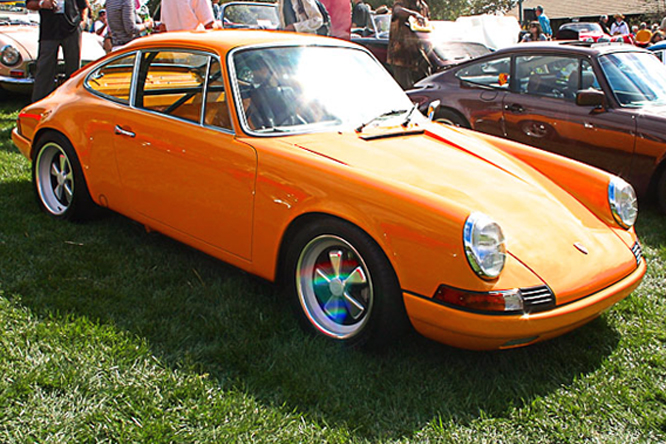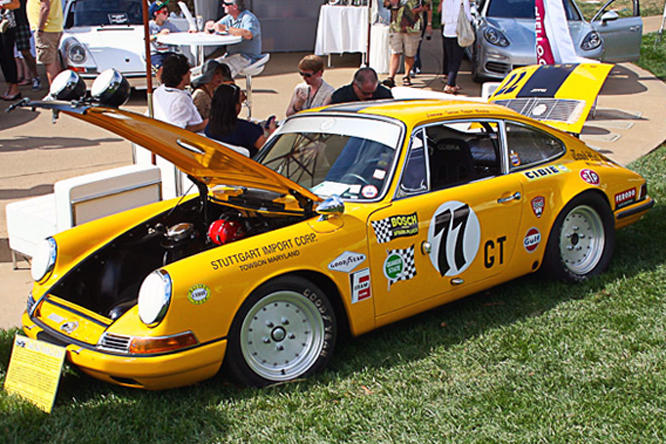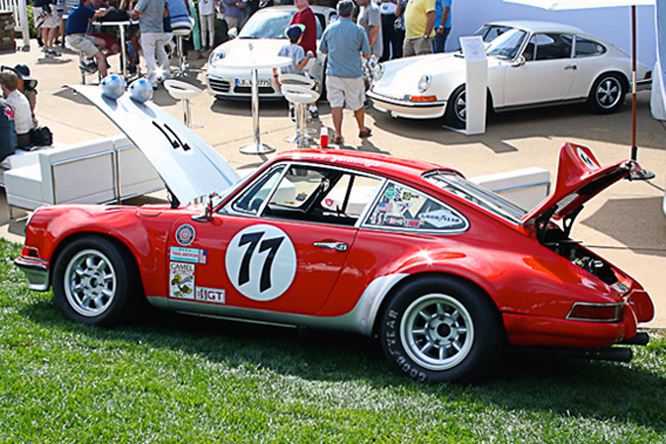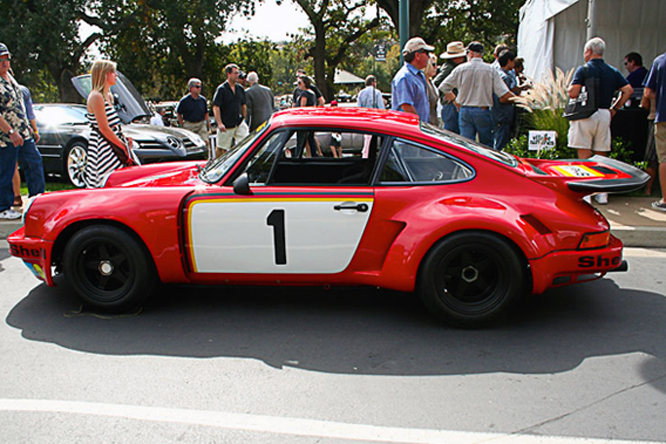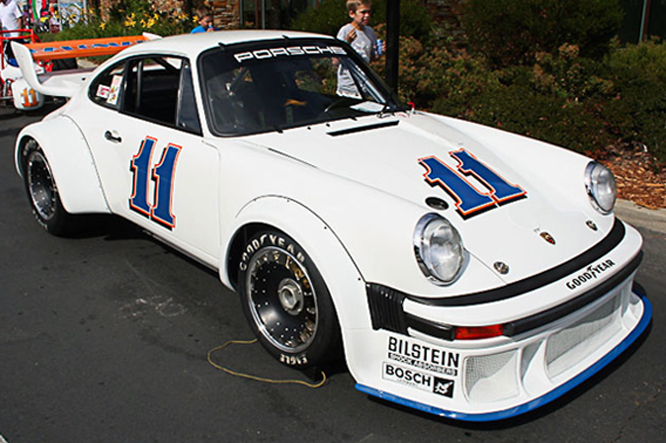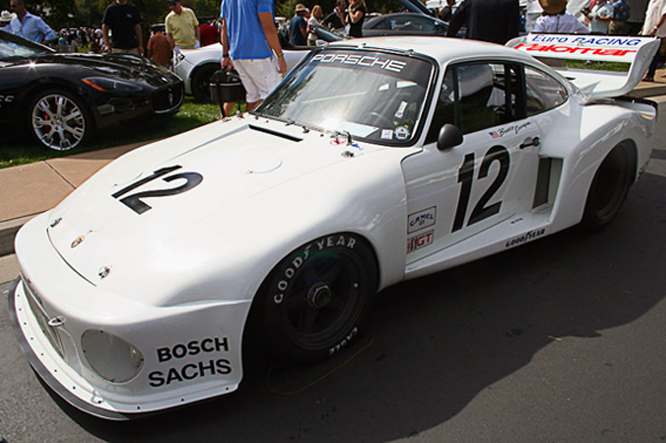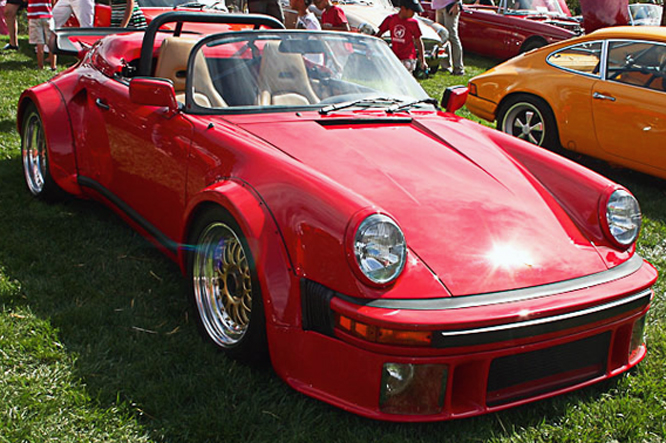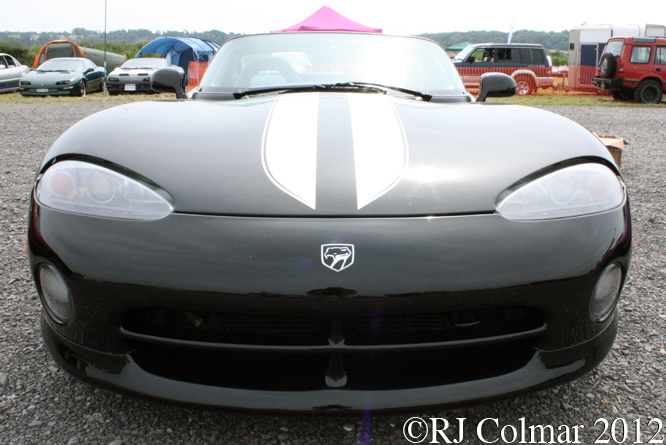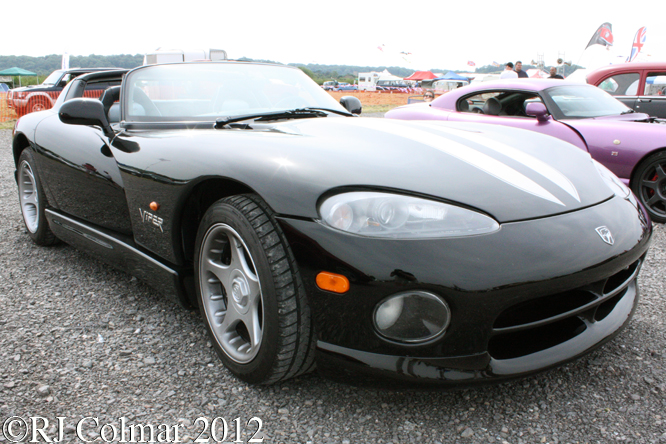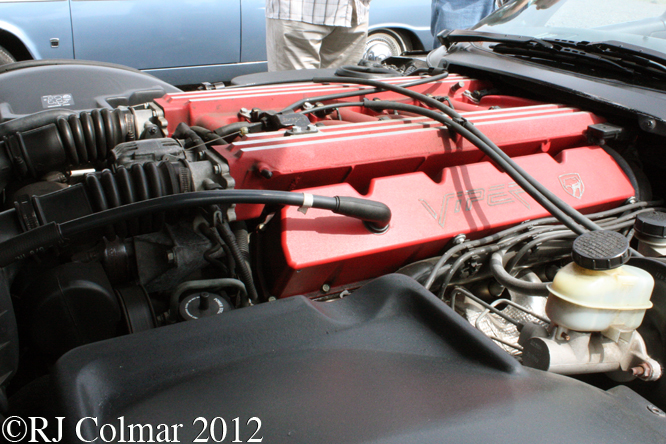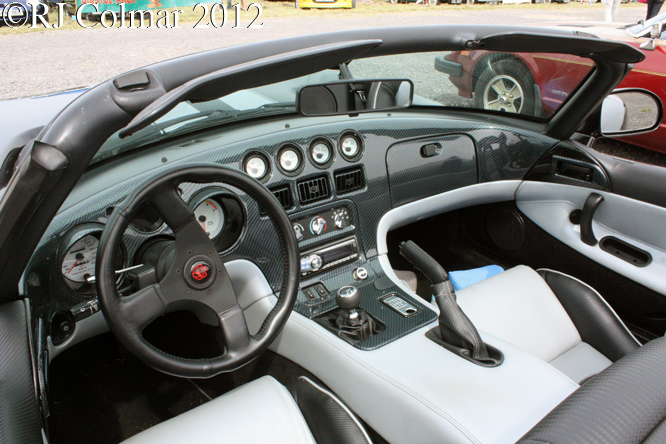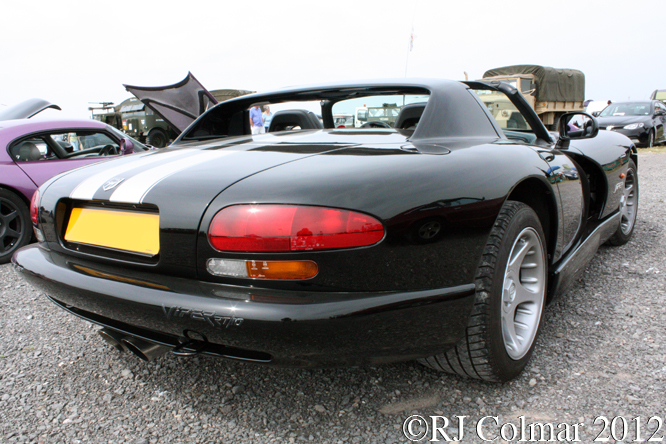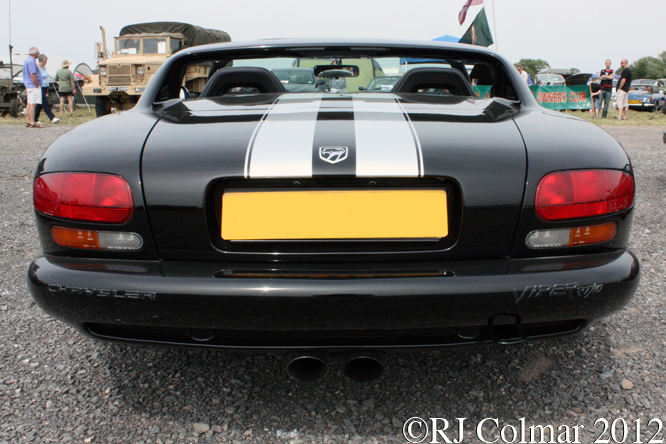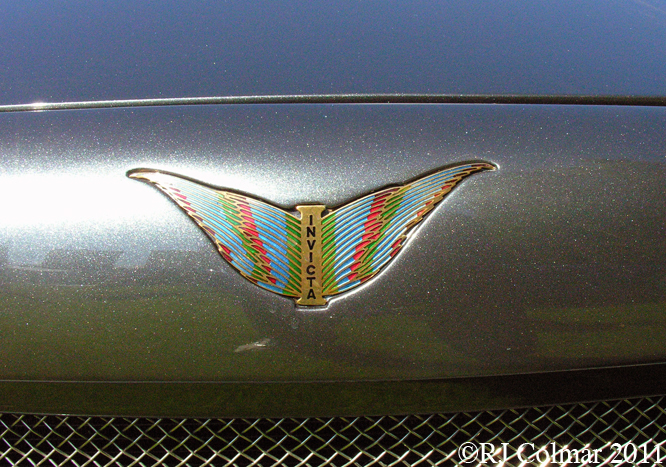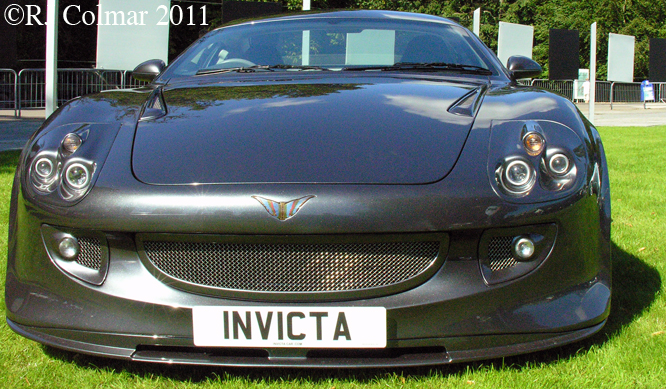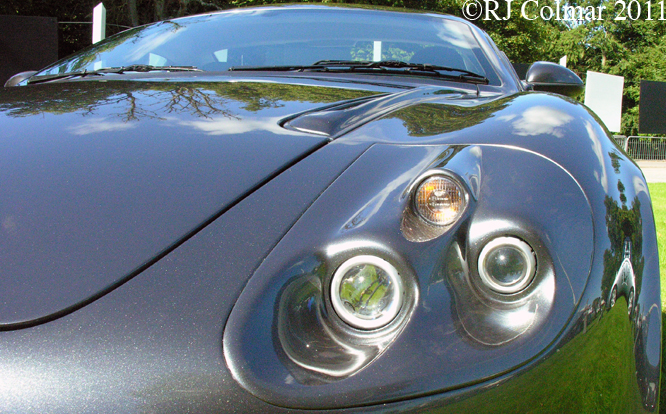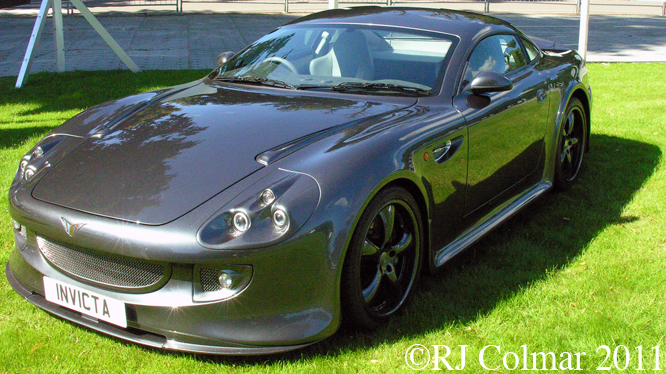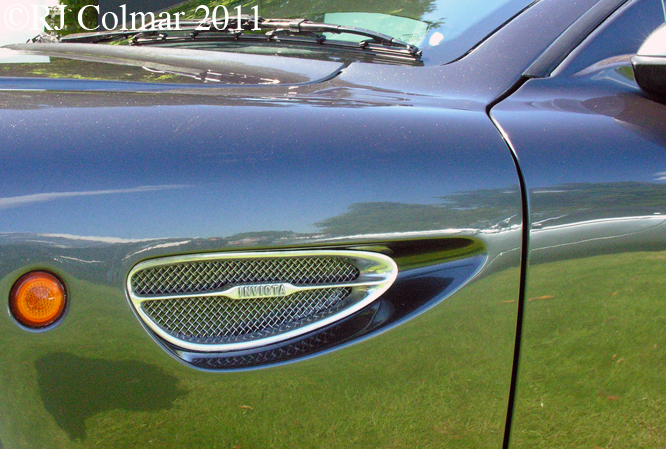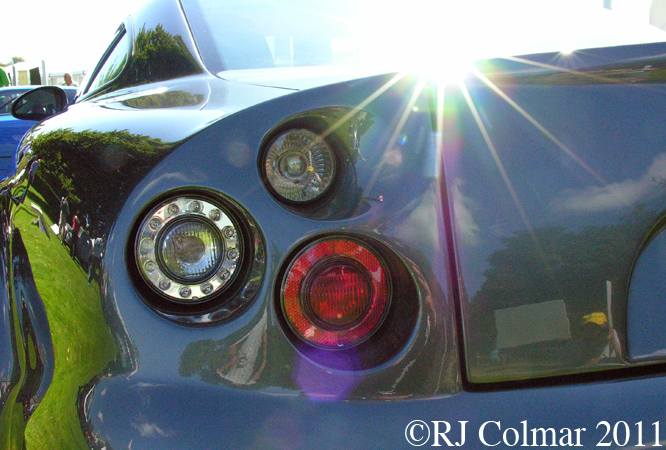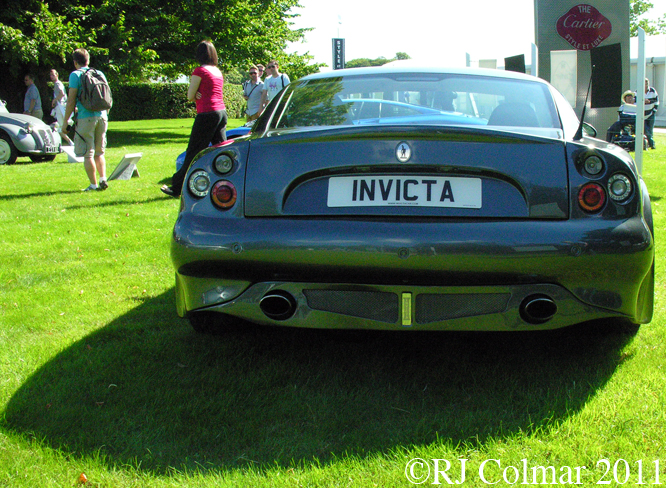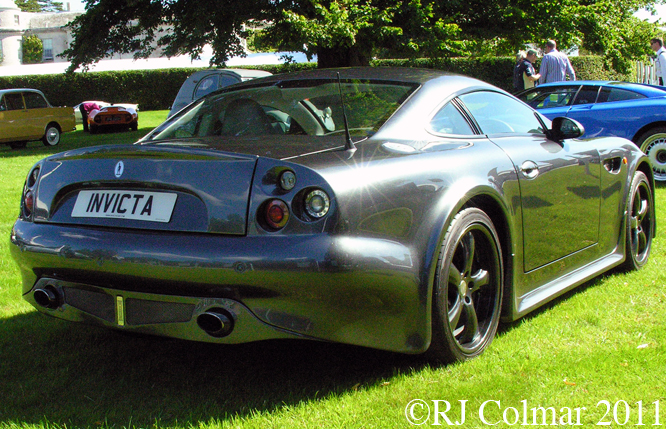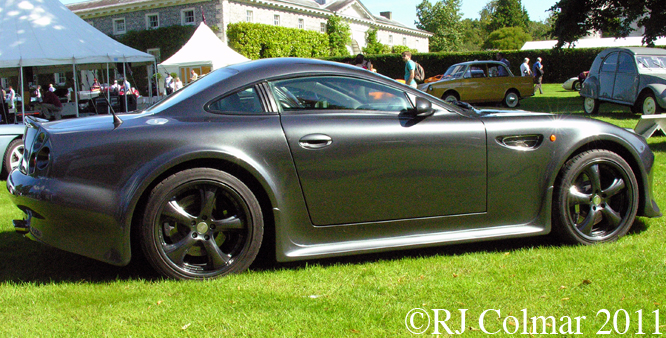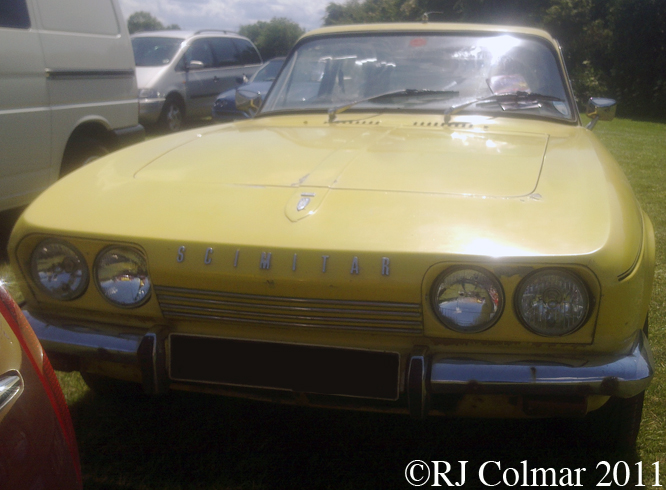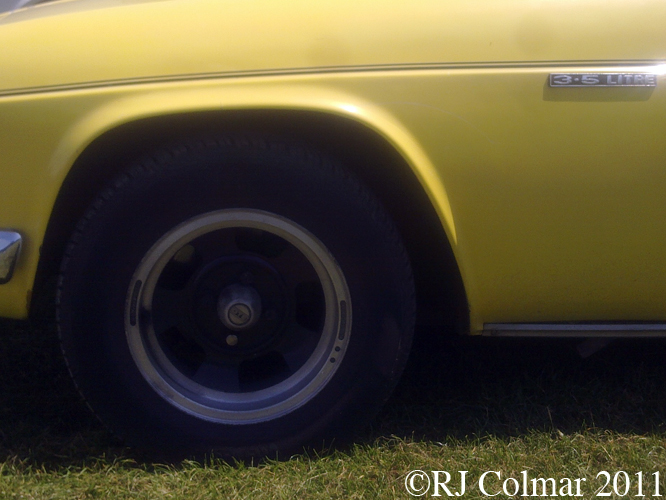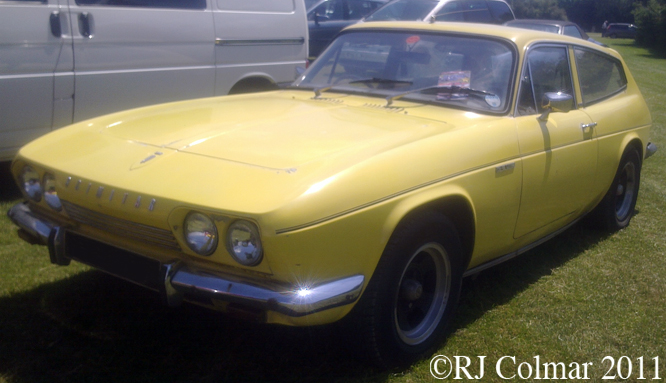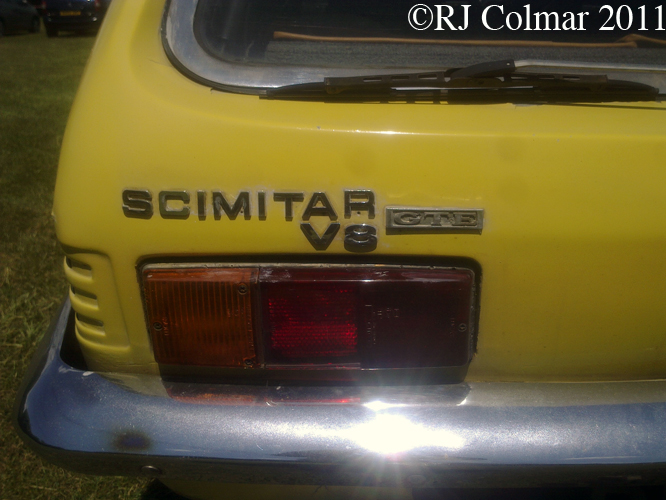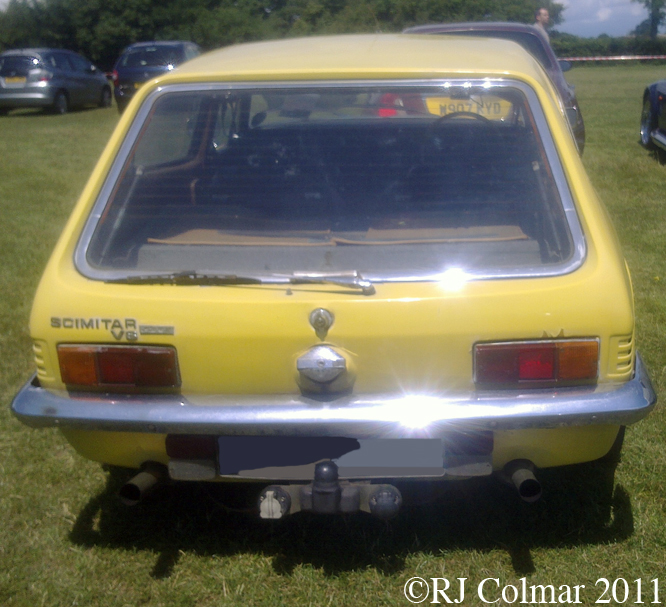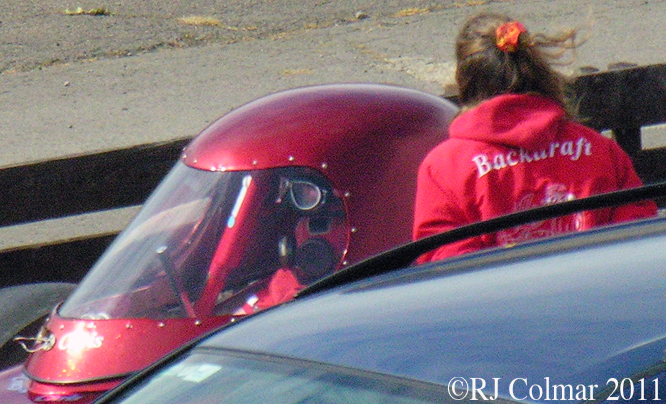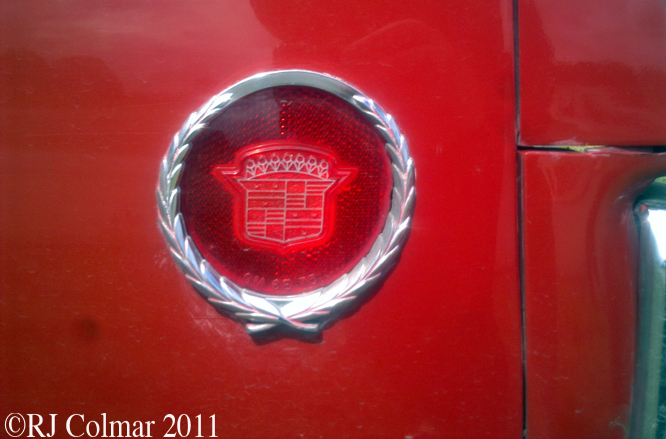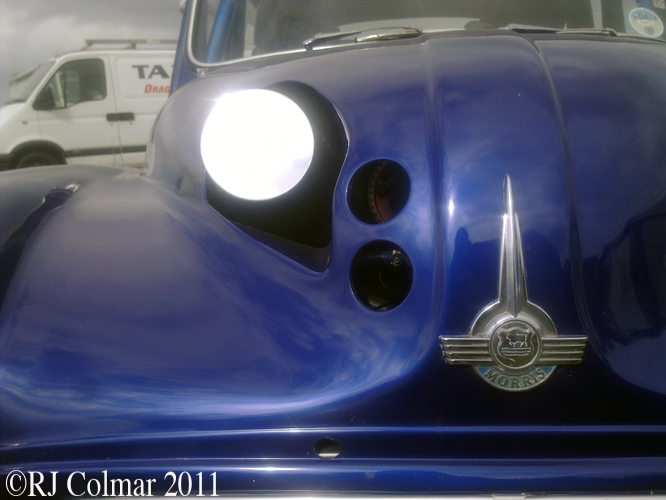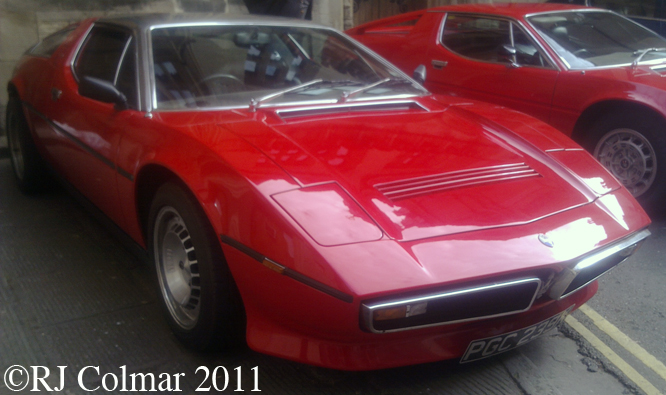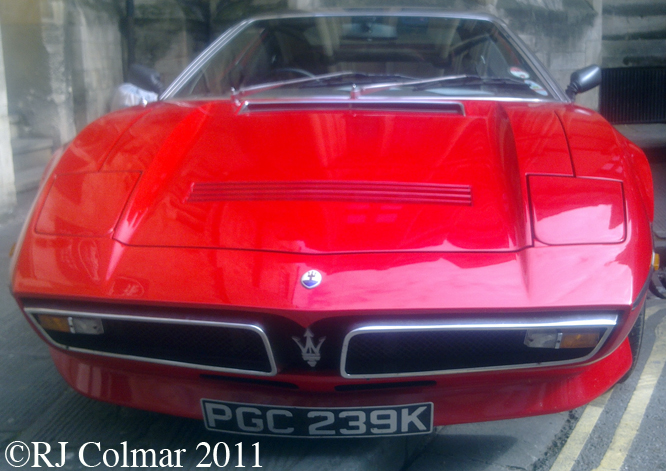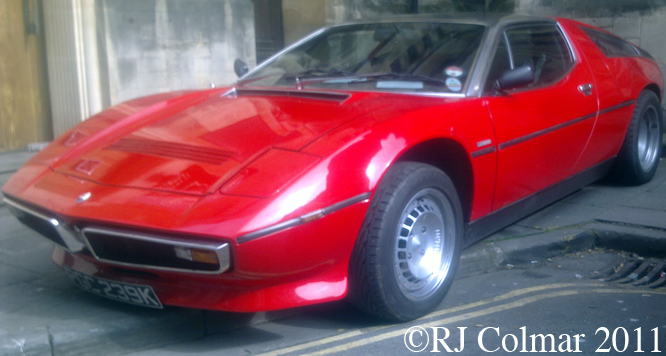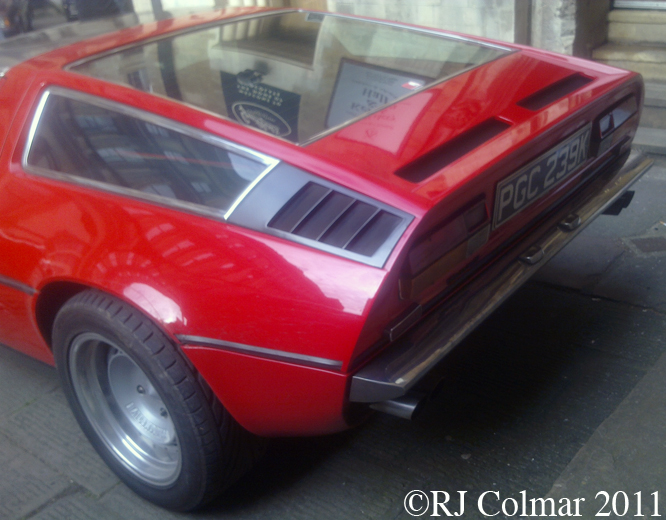The arrival of of the 1957 Mopars saw a dramatic shift in styling from a conservative Plane Jane to Virgil Exner’s jet age inspired Forward Design featuring the outrageous tail fins that became synonymous with the late 1950’s and lead Plymouths advertising copy to read “Suddenly – It’s 1960!”
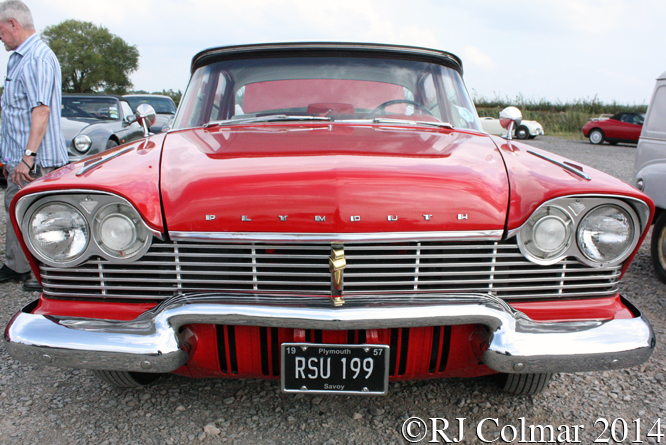
The only car that dared to break the time barrier Plymouth, De Soto, Dodge and Chrysler full size models all featured variations of the same body design that were available to meet a variety of needs at an all important variety of prices.
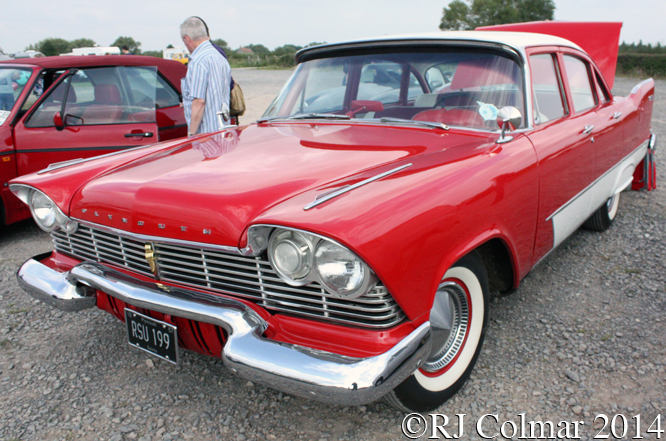
Two years after Chrysler replaced the ’55 body styles the Plymouth Savoy alone was offered with 2-door coupe, 2-door hardtop, 4-door sedan, 4-door hardtop and station wagon bodies which with 8 engine options and 3 transmission options allowed a diligent salesman to sell up or down according to the purse of just about anybody who walked through the dealers showroom door.
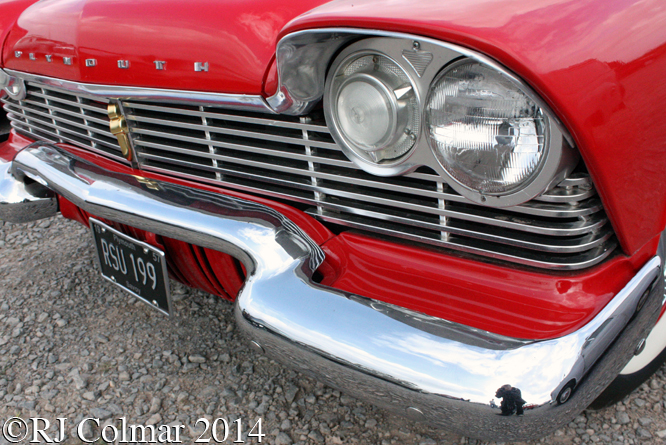
Allegedly “The Forward Look of Motion” caused GM’s styling boss Harley Earl to ask Chevrolet exterior designer C.J. MacKichan “Why don’t you quit?” after seeing the 1957 Plymouth catalogue”.
Despite Torsion-Aire Ride using torsion bars but not airbags as the name might suggest, build quality problems with the Forward Designs meant many did not survive long before they started to rust away, the ’57 Savoy featured in these photographs is seen at last years Summer Classics meeting in Easter Compton.
Thanks for joining me on this “Forward Design” edition of “Gettin’ a li’l psycho on tyres” I hope you will join me again tomorrow. Don’t forget to come back now !


